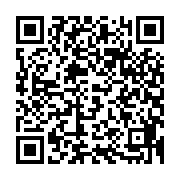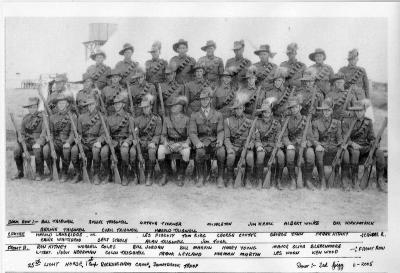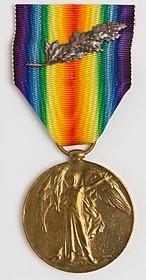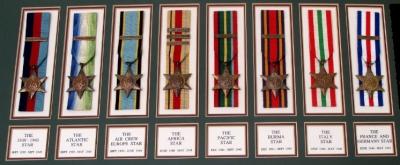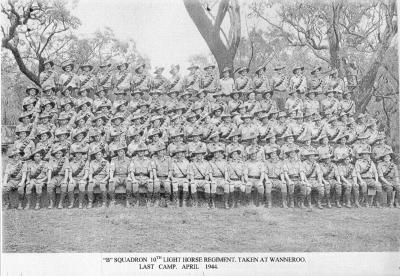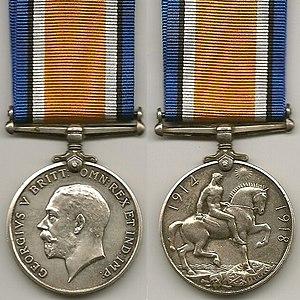Distinguished Conduct Medal (DCM)
The Distinguished Conduct medal is struck in silver as a disk, 36 millimetres in diameter and 3 millimetres thick. The suspender of all versions is of an ornamented scroll pattern. The manner of attachment of the suspender to the medal varied between medal versions and, on early versions, allows the medal to swivel. Since the reign King Edward VII, the effigy of the reigning monarch replaced the trophy of arms, with the respective titles of the monarch inscribed around the perimeter. The reverse of all versions is smooth, with a raised rim, and bears the inscription "FOR DISTINGUISHED CONDUCT IN THE FIELD" in four lines, underlined by a laurel wreath between two spear blades.
The Distinguished Conduct Medal was instituted by Royal Warrant on 4 December 1854, during the Crimean War, as an award to warrant officers, non-commissioned officers and men of the British Army for "distinguished, gallant and good conduct in the field". For all ranks below commissioned officer, it was the second highest award for gallantry in action after the Victoria Cross, and the other ranks equivalent of the Distinguished Service Order, which was awarded only to commissioned officers. The medal was also awarded to non-commissioned military personnel of other Commonwealth Dominions and Colonies. In 1991, the Medal was replaced in the Australian Honours System by the Star of Gallantry.
Details
Details
All medals awarded bear the recipient's number, rank, name and unit on the rim.
Beginning in the Second Boer War, the Distinguished Conduct Medal has been awarded to 2,071 members of the Australian Army. Thirty first Bars were awarded, the majority for actions during World War 1. The last award to an Australian was made in 1972, arising from the Vietnam War.
The Australian Army Museum has in its collections eight Distinguished Conduct Medals awarded to the following:
WORLD WAR 1
1855 Sergeant Herbert James Fowles DCM and Bar, MM 11 Battalion AIF
1357 Corporal Harry Hodge DCM, CdeG(B) 11 Battalion AIF
1178 Quartermaster Sergeant William Joseph Langdon DCM 10 Light Horse Regiment AIF
450Lieutenant Roy Robert Phillips DCM 44 Battalion AIF
3400 Warrant Officer (Class 2) John Alexander Spence DCM, MM 52 Battalion AIF
4234 Private William Sutherland DCM 28 Battalion AIF
WORLD WAR 2
WX14757 Sergeant Mervyn Hall DCM 2/16 Battalion
WX4274 Corporal Robert Henry Thompson DCM 2/16 Battalion
Multiple examples of this medal are retained as an ongoing memorial to the service and sacrifice of Western Australians. Medals are displayed in context throughout the Museum. All medals are identified, archivally stored and those not on display are accessible and viewable with prior notice.
Australian Army Museum of Western Australia
Australian Army Museum of Western Australia
Other items from Australian Army Museum of Western Australia
- Interwar, No 1 Troop, C Squadron,10 Light Horse, 1937
- World War 2, Australia, Western Australia, Perth,10 Light Horse, 1944
- Inter-War, Australia, Western Australia, Claremont, 10 Light Horse. 1936
- World War 2, Australia, Western Australia, Rockingham, 25th Light Horse Regiment, 1939
- World War 2, Australia, Western Australia Wanneroo, C Squadron, 10 Light Horse, 1944
- Medal - Inter-Allied Victory Medal
- Diorama - World War 1, 10 Light Horse and "The Great Ride", 1918
- Medals - World War 2 - Campaign Stars
- HAT, Khaki Fur Felt - Slouch Hat
- World War 2, Australia, Western Australia Wanneroo, B Squadron, 10 Light Horse, 1944
- Medal - British War Medal
- Medal - Companion of the Most Distinguished Order of St Michael and St George (CMG)
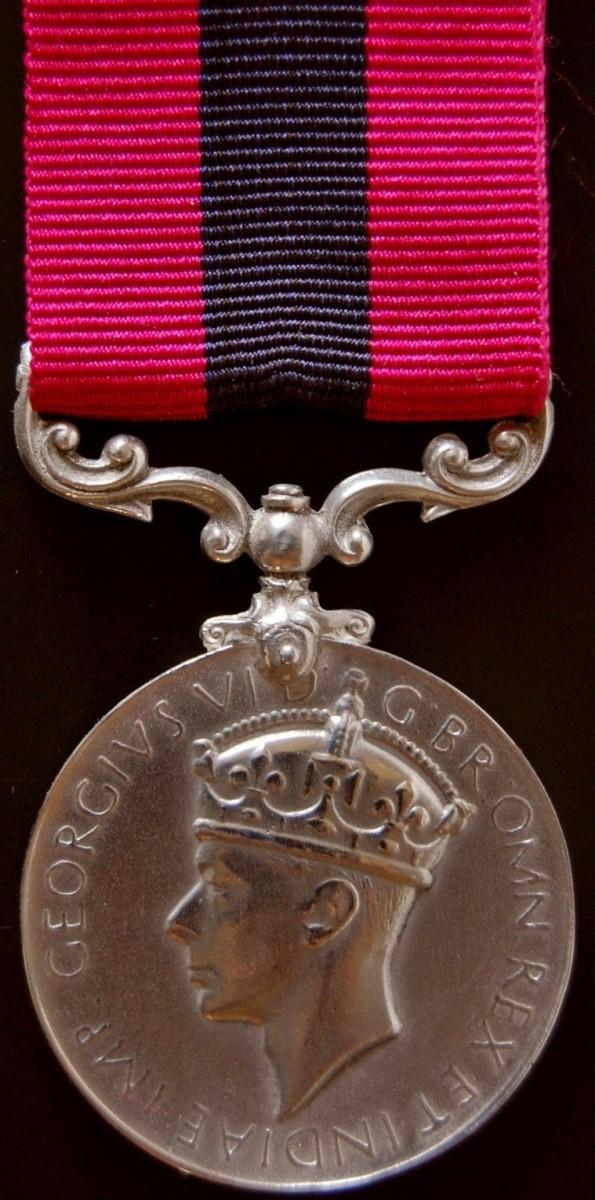

Scan this QR code to open this page on your phone ->
